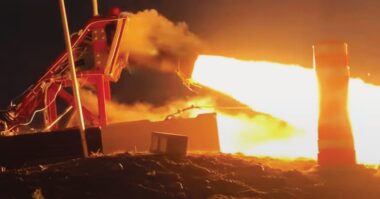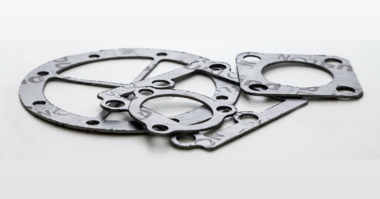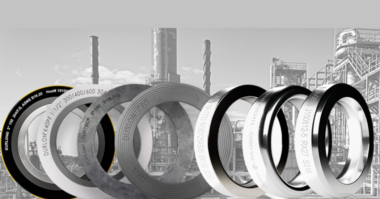In sectors involving flammable substances, prioritizing fire safety is absolutely crucial. Often overlooked yet incredibly vital, the gasket serves as a protective shield, delineating a controlled environment from a potential catastrophe. This article explores the critical role that fire-safe gaskets play within these high-risk environments.
Gaskets, while relatively small, shoulder an enormous responsibility in our industrial systems. In the event of a fire, rapid gasket failure could escalate the situation by releasing additional flammable substances into the fire. Ensuring gaskets are specifically designed to endure the elevated temperatures associated with fires becomes of utmost importance. Fire-safe gaskets add a level of protection, mitigating the risk of turning a dangerous situation into a deadly one. Selecting and installing gaskets that can endure in a sustained fire situation can mean the difference between control and catastrophe.
To ensure the reliability of gaskets in fire conditions, the industry adheres to specific standards that assess fire safety performance. Notably, there are two standards used for fire testing gaskets in North America: API 607 and API 6FB.
API 607 outlines procedures for testing valves, ensuring they can maintain their performance while exposed to specified fire conditions and withstanding extreme heat for specific periods of time. Out of necessity, API 607 has been extended to accommodate various products such as flange gaskets and stem packings, which initially fell outside its original scope. Meanwhile, API 6FB is a more rigorous standard used for fire testing gaskets. It is the dominant test standard for assessing flange gaskets used in upstream, midstream, and downstream oil and gas applications. API 6FB is recognized as a comprehensive test standard for end connections, encompassing a wide range of products under its umbrella. This standard offers separate testing parameters for onshore and offshore applications, with flame temperatures ranging from 1400-1800 °F and 2000-2500 °F respectively.
Both standards have test parameters involving exposure to extreme heat, with a focus on maintaining integrity and preventing leakage during a fire. A comparison reveals that although the specifics may differ, the goal remains the same – ensuring that components such as gaskets can perform effectively and safely under fire conditions.
Determining the fire safety performance of a gasket heavily relies on the critical factor of selecting an appropriate material. Certain materials, such as silicate minerals like phlogopite mica, vermiculite, talc, and specific exotic alloys including various Hastelloy® and Inconel® grades, showcase remarkable resilience when exposed to extreme heat. This exceptional heat resistance significantly enhances the gasket’s fire safety rating, thereby ensuring optimal performance under critical conditions. Regular advancements in these materials, coupled with updated fire safety standards, help to ensure continual improvement in fire safety performance across the industry.
In conclusion, fire-safe gaskets provide an essential line of defense in high-risk industries, offering crucial protection during emergency situations. Through stringent testing standards and careful material selection, we can ensure these silent guardians continue to uphold their protection, buying us precious time when every second counts. In the world of fire safety, a reliable, fire-safe gasket could indeed make all the difference.
Learn more about Durlon® High Temperature Sealing products.





Comments